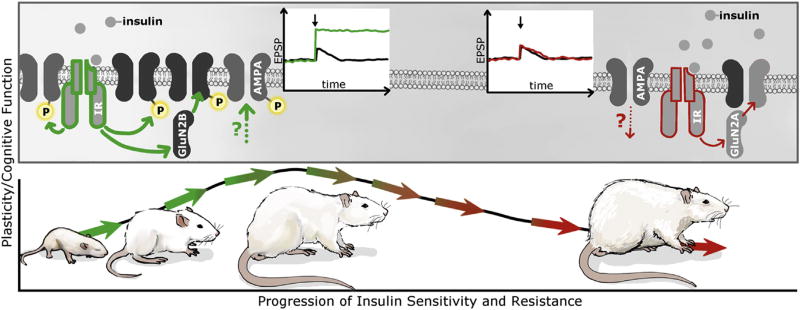Fig. 1. Continuum of insulin effects on neuronal plasticity across a temporal/developmental context.
While glucose utilization in the CNS is likely to be largely insulin independent, the brain is not an insulin insensitive organ. Rather, insulin promotes neuroplasticity across development in the CNS in a variety of ways ranging from neuronal maturation to behavior. As depicted by the green insulin receptors and arrows in the upper panel, insulin facilitates plasticity at the synaptic level by regulating the expression and phosphorylation of glutamate receptors in the hippocampus and also coordinates the activity of mesolimbic networks. These activities of insulin are proposed to result in enhancement of synaptic transmission, as depicted by the green traces indicating enhancement of excitatory post-synaptic potentials (EPSPs). These activities provide examples of the anatomical and temporal contexts of insulin signaling activity in the CNS. However, insulin resistance will result in decreases in the phosphorylation state of glutamate receptors, as well as decreases in EPSPs, as depicted in red insulin receptors and arrows. Under these conditions, insulin resistance associated with obesity and T2DM impairs the substrate on which synaptic plasticity takes place. In this way, insulin activity in the CNS can be thought of a continuum beginning with the facilitation of neuroplasticity during development into adulthood (as depicted by the green arrows in the bottom panel), which then may be followed by reductions in neuroplasticity resulting from insulin resistance (as depicted in the red arrows in the bottom panel). See text for details.

